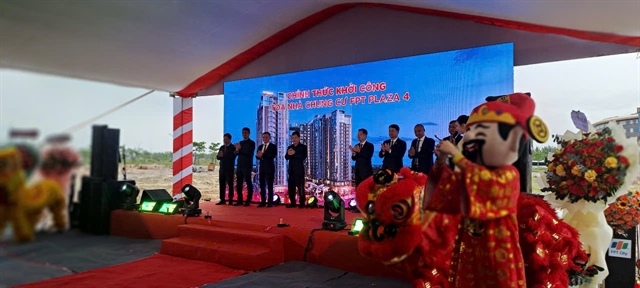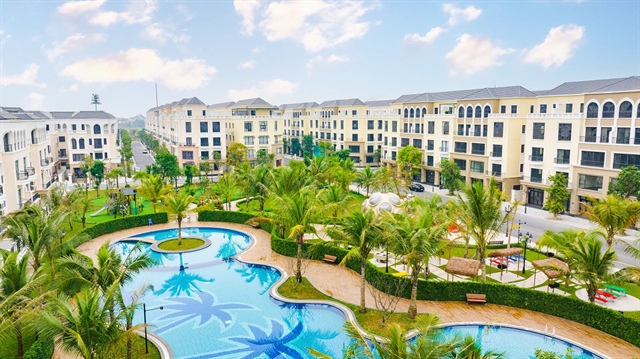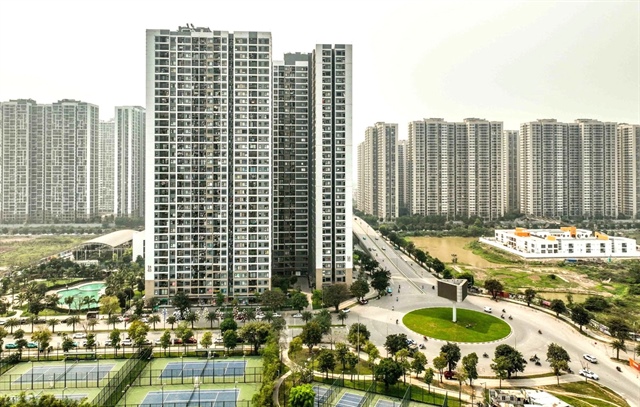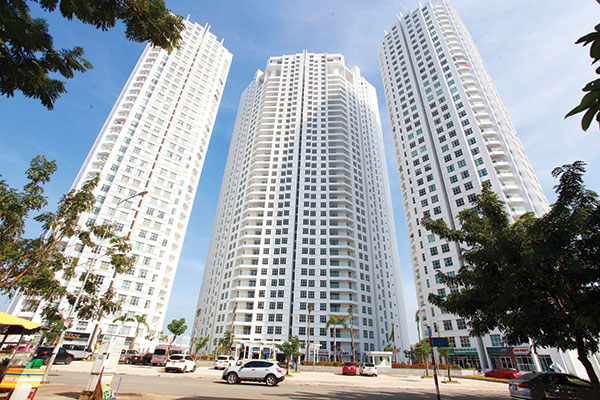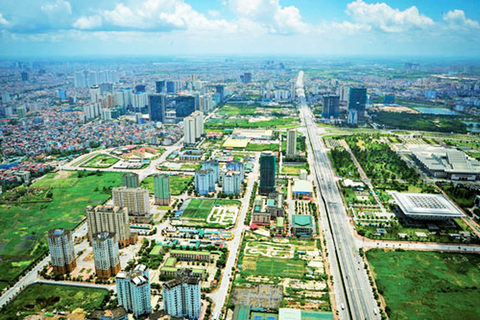Bright prospects seen for hospitality sector
Bright prospects seen for hospitality sector
There is plenty of optimism in the hospitality market this year underpinned by very strong international arrivals growth, according to a recent survey by a real estate consulting firm specialising in the sector.

The study by Alternaty, a company based in HCM City, found that this manifested in elevated levels of activity across the development pipeline, and last year strong development activity was seen not only in main cities and destinations, but also in secondary and tertiary locations gearing up for development like Ho Tram, Sapa, Quy Nhon, Cat Ba, Dong Hoi, and others.
After stagnating in 2014 and 2015, international arrivals jumped by 26 per cent last year driven by several key markets like China (up 51 per cent), South Korea (39 per cent), Russia (28 per cent) and Thailand (26 per cent ), with Japan, the US, Taiwan, and Malaysia also exceeding 10 per cent growth.
The next couple of years will be a great time to discover or rediscover Viet Nam, with an abundance of new properties to choose from and exciting new brands to experience – at heavily discounted rates during the start-up period.
Particularly in Nha Trang and Cam Ranh and Phu Quoc, the next two to three years will see a large wave of new supply coming into the market. These markets are developing at an impressive rate, and will no doubt overcome their ‘indigestion’, just as Da Nang did a few years earlier.
However, owners here will need to sober up their performance expectations over the coming years and prepare their pockets for some lean years ahead.
With respect to M&A activity, it remained very much a seller’s market as there were a lot more buyers than hospitality assets for sale.
The notable development trend is most likely to be condotels. But the fervour with which developers are taking to building them is slightly concerning.
More and more projects are being announced, seemingly trying to outdo each other in terms of scale and with outlandish guaranteed returns.
Developers are quick to label a project a condotel as soon as they are located in tourism destinations, but what is worrying is the ‘tel’ in condotel.
“In most cases we see very little regard for the hotel part of the project, and all the management implications it entails.
“This is especially worrying considering that to have any chance of meeting the promised returns, the projects would need a seriously impressively performing hotel component. Yet in most cases this seems to be missing.”
Looking forward to 2017, there is plenty of optimism in the hospitality market. The pace of development is likely to continue, maybe even accelerate.
Both domestic and international tourist numbers are likely to continue growing rapidly. In fact, property market participants have predicted hospitality to be the sector to outperform going forward.
But there are also plenty of risks, and developers need to be cautious.




